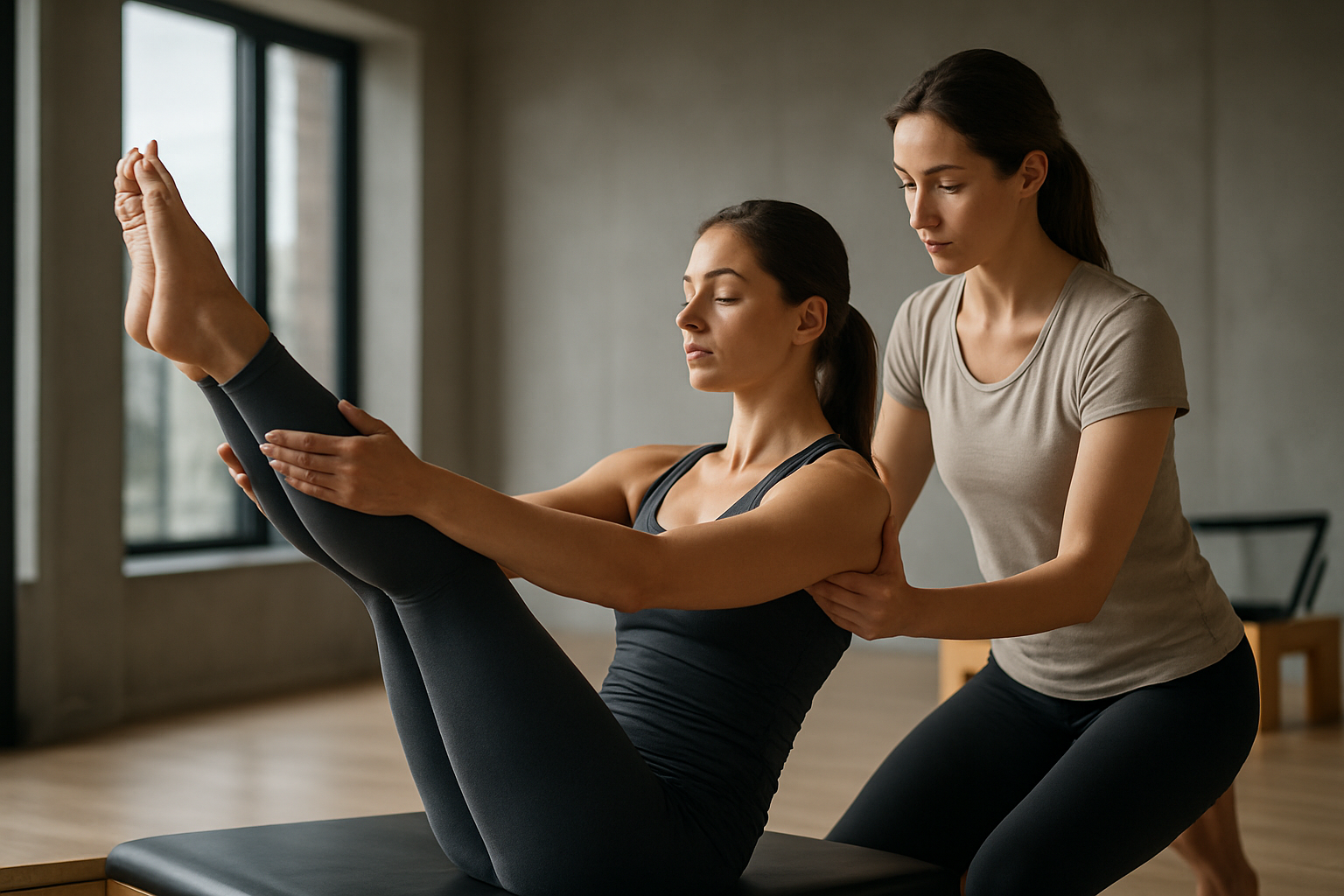Daily hydration strategies for skin health and performance
Practical daily hydration strategies support both skin health and physical performance. This article outlines simple approaches—covering water timing, nutrition, skincare, and movement—that help maintain skin hydration, improve workouts, and aid recovery without relying on fads or unverified claims.

Healthy hydration affects appearance and how your body performs across workouts and daily tasks. Establishing consistent fluid habits, pairing water with nutritious meals, and using topical care that complements internal hydration can reduce dryness, support elasticity, and sustain energy during cardio or resistance training. The following sections offer evidence-aligned strategies that connect skincare, nutrition, movement, and restorative practices for balanced daily results.
This article is for informational purposes only and should not be considered medical advice. Please consult a qualified healthcare professional for personalized guidance and treatment.
How does hydration support skincare and facial care?
Hydration contributes to the skin’s barrier function, helping maintain moisture balance and reducing the appearance of fine lines over time. Daily skincare routines that layer gentle cleansing, a humectant-rich serum, and a moisturizer help lock in water after cleansing. Ingredients such as hyaluronic acid and glycerin attract and retain moisture when used in appropriate concentrations. Avoiding overly hot showers, limiting harsh exfoliants, and using a broad-spectrum sunscreen also preserve the skin’s hydration and integrity.
How should hydration be timed around workouts and cardio?
Before cardio or resistance sessions, aim for fluid intake that prevents thirst but avoids stomach discomfort: roughly 200–400 ml (7–14 oz) 30–60 minutes pre-exercise depending on individual tolerance. During prolonged cardio or intense resistance workouts, small sips every 15–20 minutes help replace sweat losses. After exercise, rehydrate with water and include a source of electrolytes if sweating heavily. Proper hydration supports endurance, thermoregulation, and perceived exertion, helping you sustain intensity and recover more efficiently.
What role does nutrition play in daily hydration?
Foods with high water content—fruits, vegetables, soups, and smoothies—contribute meaningfully to daily fluid intake while providing vitamins and minerals that support skin and muscle function. Electrolyte-containing foods like bananas and yogurt help balance sodium and potassium. Pairing fluids with meals can improve absorption and reduce the tendency to overdrink at once. Avoid excessive caffeinated or alcoholic beverages that may increase fluid losses; moderate intake alongside water helps maintain balance.
How do mobility, flexibility, and stretching interact with hydration?
Hydration affects joints, connective tissue, and muscle elasticity, influencing mobility and flexibility during warm-ups and stretching routines. Well-hydrated tissues are more pliable, which can reduce stiffness and the risk of strain when performing dynamic mobility drills or static stretching. Include brief water breaks during mobility circuits and ensure consistent daily hydration to support recovery. Adequate fluids also help circulation, which delivers nutrients needed for tissue repair after exercise.
How do sleep, posture, and mindfulness influence hydration outcomes?
Sleep and hydration have a bidirectional relationship: poor sleep can disrupt hormonal regulation of fluid balance, while dehydration can impair sleep quality. Maintaining hydration through the day rather than large evening volumes can minimize nighttime disruptions. Good posture supports respiratory efficiency and circulation, indirectly aiding recovery and nutrient delivery. Mindfulness practices—such as pausing to check thirst cues—help you hydrate more consistently and avoid both under- and overconsumption.
Which skincare ingredients and facial practices support hydrated skin?
Choose facial products with humectants (hyaluronic acid, glycerin), occlusives (squalane, certain oils), and gentle emollients to maintain skin moisture without irritation. Layering a humectant serum followed by a light moisturizer creates a hydration system that attracts and seals water. Regular, gentle exfoliation helps topical ingredients penetrate but should not remove the barrier excessively. For skin that feels persistently dry despite topical care, consider reviewing nutrition, fluid intake, and environmental factors such as low indoor humidity.
Daily hydration for skin and physical performance benefits from a combined approach: consistent fluid intake tailored to activity level, nutrient-rich foods that contribute water and electrolytes, topical skincare that supports barrier function, and movement practices that maintain flexibility and circulation. Paying attention to sleep, posture, and mindful drinking helps integrate these habits into a sustainable routine that supports both appearance and function.
Conclusion A practical hydration plan balances fluids, food, topical care, and movement throughout the day. Small, consistent choices—timing water around activity, choosing hydrating foods, using appropriate skincare ingredients, and prioritizing sleep and mobility—contribute to measurable improvements in skin condition and exercise performance over time.





